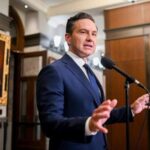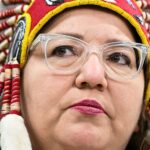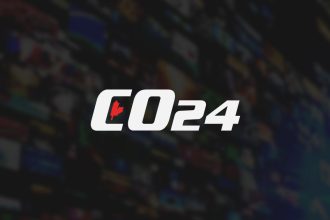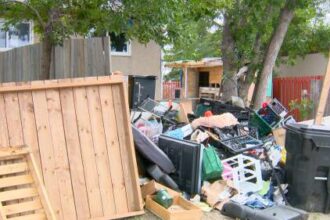In the mist-shrouded valleys of British Columbia’s central coast, a critical environmental battle is being waged with newfound determination. The Wuikinuxv Nation has embarked on an ambitious journey to secure vital funding for salmon restoration efforts—a mission that carries profound implications for both ecological sustainability and cultural preservation.
“Our salmon are not just a resource; they are our relatives, our history, and our future,” explains Elder Margaret Johnson of the Wuikinuxv Nation. “When salmon populations collapse, it’s not simply an environmental concern—it’s an existential threat to who we are.”
The Nation’s leadership has recently engaged with Coast Funds’ Conservation Finance Accelerator (CFA) Incubator program, a specialized initiative designed to help Indigenous communities develop sustainable funding mechanisms for critical conservation work. This partnership represents a significant shift in how environmental stewardship is financed in Indigenous territories.
Climate change and decades of industrial impact have devastated salmon populations throughout the traditional territories of the Wuikinuxv. Recent assessments indicate alarming declines in several key watersheds, with some historic runs seeing reductions of over 70% compared to pre-industrial baselines. These statistics have galvanized community action.
The CFA Incubator provides crucial technical support, connecting the Wuikinuxv with financial experts, conservation scientists, and policy specialists who can help transform ecological priorities into fundable projects. The program’s approach emphasizes Indigenous leadership while providing access to modern financial instruments and conservation methodologies.
“What makes this initiative different is that it places decision-making power firmly with the Nation,” notes Sam Wainwright, a conservation finance specialist with Coast Funds. “We’re not dictating priorities—we’re helping to unlock resources that allow the Wuikinuxv to implement their own vision for salmon recovery.”
Central to this vision is the integration of traditional ecological knowledge with contemporary scientific approaches. The Wuikinuxv have maintained detailed observations of salmon patterns for countless generations, creating an invaluable database that often identifies subtle ecosystem changes missed by conventional research methods.
The funding mechanisms being explored include conservation trust funds, carbon offset projects, impact investment models, and collaborative partnerships with government agencies. This diversified approach aims to create sustainable, long-term funding streams rather than the precarious grant-dependent models that have historically dominated conservation finance.
The implications extend far beyond environmental concerns. Healthy salmon populations are inextricably linked to the cultural continuity of the Wuikinuxv people, supporting traditional food systems, ceremonial practices, and intergenerational knowledge transfer. Economic benefits are equally significant, with potential for sustainable fisheries management to create jobs while maintaining ecological balance.
Other coastal First Nations are watching the Wuikinuxv initiative with interest. Success here could provide a template for similar efforts throughout British Columbia’s salmon-bearing watersheds, potentially transforming how conservation is funded and implemented across the province.
Provincial authorities have expressed cautious support. “We recognize that Indigenous-led conservation often achieves outcomes that conventional approaches cannot,” acknowledges Catherine Hernandez from the B.C. Ministry of Environment. “The challenge is aligning government funding mechanisms with these community-driven initiatives.”
As climate change intensifies and development pressures mount, the race to establish sustainable funding for salmon restoration grows increasingly urgent. The Wuikinuxv approach represents a powerful convergence of traditional wisdom and innovative financing—a combination that may prove essential for the future of Pacific salmon.
As we witness this unfolding story of determination and ecological stewardship, one question remains paramount: Can we collectively reimagine conservation funding in time to save not just salmon, but the intricate web of cultures, ecosystems, and economies that depend on them?

























